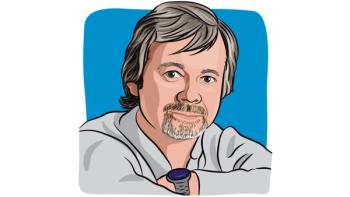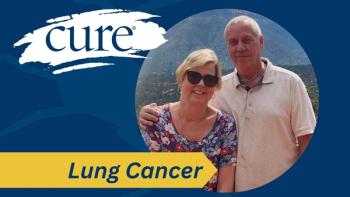This year, more than 45,000 Americans will be diagnosed with pancreatic cancer. About 20 percent of those cancers are able to be surgically removed, followed by chemotherapy and possibly radiation. For patients who have non-metastatic, resectable cancers, a Japanese study may provide information on a new option of treatment.In the JASPAC 01 study, conducted at several sites in Japan, researchers found that S-1, a drug similar to 5-fluorouracil (5-FU), was superior to gemcitabine, a standard of care in non-metastatic pancreatic cancer. Most patients in the study were stage 3, but a majority had no malignant lymph nodes. Nearly 400 patients were randomized to either gemcitabine or S-1 within 10 weeks of surgery. After two years, 70 percent of patients in the S-1 arm were alive compared with 53 percent in the gemcitabine arm. Recurrence-free survival was also better with the experimental treatment, 23.2 months compared with 11.2 months. Both drugs were well tolerated, although there were more cases of diarrhea, anorexia and mouth sores with S-1. Katsuhiko Uesaka, lead author of the study, said the results suggest that S-1 should be the new standard of care for these patients--at least in Japan and other related countries. S-1 is currently being used to treat several solid tumors in Japan, but has not been approved in the U.S. S-1 was developed to be an orally administered version of 5-FU and more potent. It also was designed to reduce gastrointestinal toxicities, such as diarrhea, mouth sores and vomiting. Although S-1 was clearly beneficial in the Japanese study, it's unknown if it will translate over to Western patients. A previous U.S.-based study found that patients still experienced a high rate of these toxicities. Philip Agop Philip, a gastrointestinal oncologist at the Barbara Ann Karmanos Cancer Institute in Detroit, offered his views during the discussion after Uesaka's presentation. "In my opinion, non-Japanese studies must be considered to define the role of S-1, at lower doses, in early, as well as late-stage disease." Philip noted that combining S-1 with other drugs, such as Abraxane or other targeted agents, may be the next step, as well as discovering biomarkers that could predict which patients would benefit from S-1. Unfortunately, a U.S.-based phase 2 study from the University of California, San Francisco, was looking at S-1 and gemcitabine, as well as biomarker information, but was closed due to low accrual. The JASPAC 01 Japanese study also did not include radiation therapy, which is often combined with chemotherapy in treatment for pancreatic cancer in the U.S. A study conducted by several cooperative groups in the U.S. will be examining radiation with S-1 and may provide much-needed answers, Phillips said.Additional studies are looking at S-1 in local and advanced pancreatic cancers, but most are being conducted in Asian countries.






